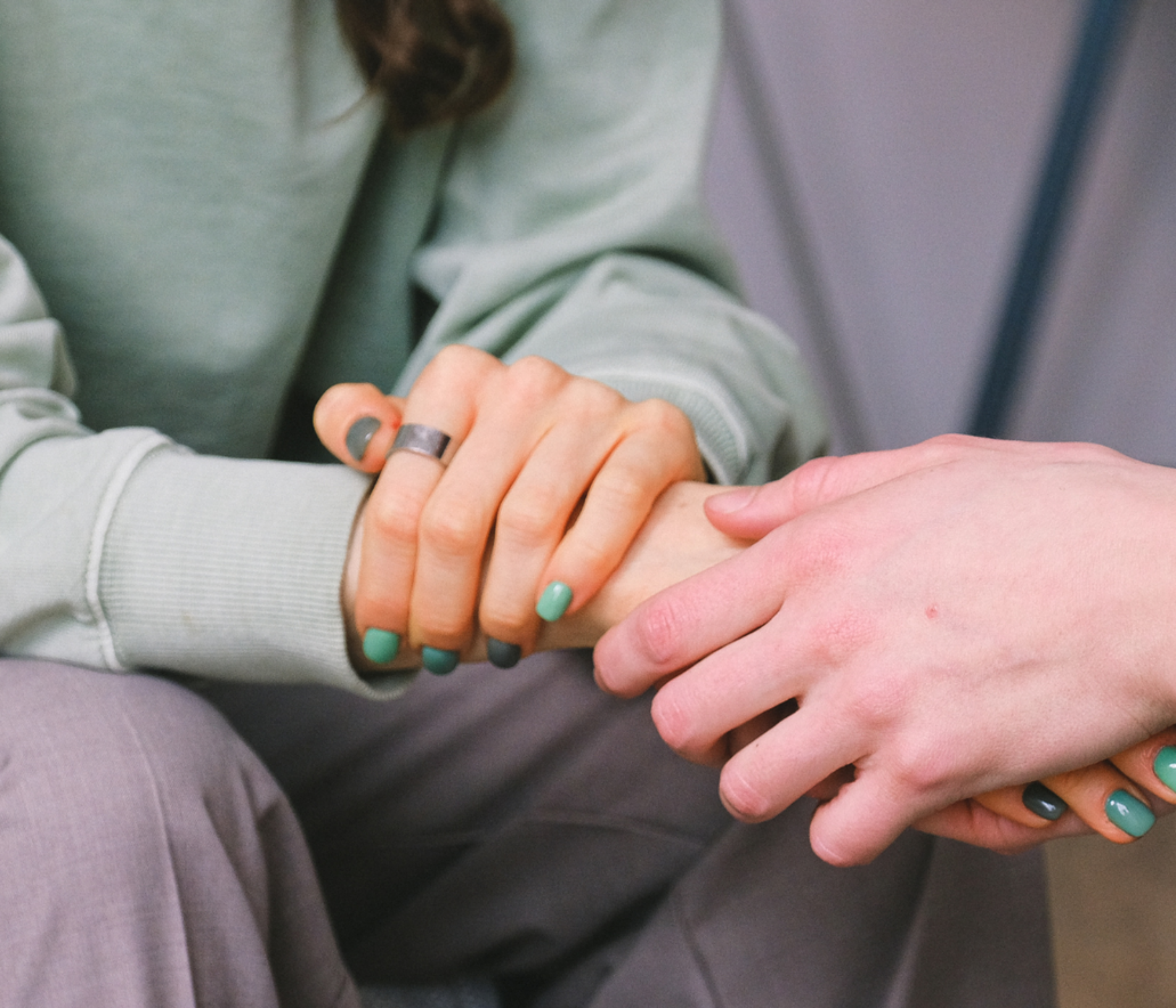When supporting a survivor of domestic abuse, it’s important to create and maintain your own boundaries. This might seem counterproductive – we want to be their for them no matter what! But in reality, maintaining sensible boundaries models healthy relationships and ensures safety for both parties. Making sure that you don’t burn out, and that the person you’re supporting isn’t entirely dependent on you, is crucial.
With that in mind, here are 6 top tips for creating boundaries, taken from our Level 3 training course.
1. Self reflection and care
Recognise when you need to take breaks to recharge. Make sure your have a support system around you so that you can continue to support others in a sustainable way.
2. Active listening
Practice active listening to understand the needs and concerns of the person you are supporting. By actively listening, you can better gauge their expectations and identify any areas where boundaries may be necessary.
3. Clarify your role
Understand what you can reasonably provide and what falls outside the scope of your role. This helps you, and the person you’re supporting, know what to expect.
4. Open communication
Make sure you can express your boundaries in a clear and respectful manner – be assertive as well as empathetic and compassionate. Keep communication going so everyone is on the same page.
5. Regular reassessement
Check in with yourself to ensure that your boundaries are still appropriate and manageable. Be open to adjusting them as needed based on the evolving dynamics of the support relationship.
6. Don’t be a lone ranger
It’s unlikely that you’ll be able to meet every need of the person you’re supporting. Build a team of others around them and make sure they know which other sources/resources are available to them, so they aren’t entirely dependent on you.
Want to explore this further?
Our Level 3 training course explores this topic in more depth, and gives other guidance for effectively supporting a survivors of domestic abuse.

